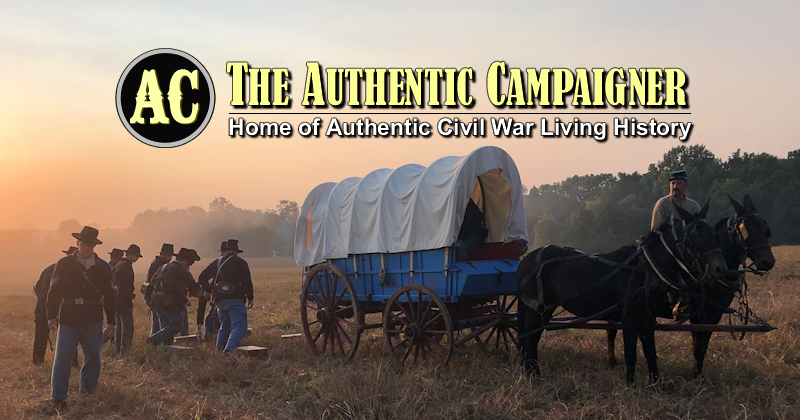Reading my great-great grandfather's letter got me thinking: just how did the AVERAGE soldier (as opposed to officers, who could get a porter to carry his fancy field-desk) carry his writing paraphanelia? I mean, was it in a leather case, or a wooden box, or what? How did he keep his ink from leaking all over? How did he protect the steel pen nibs from rust or mechanical damage (i.e., bending)? Or quill pens, if he used those?
I have an old pen holder that may very well be of the correct vintage. It looks very similar to one I saw in a photo of a writing box that had belonged to a Civil War soldier. Hard to tell what the handle material of the one in the photo was made of (black-and-white photo), but mine has a handle made of either ivory or bone (I'm guessing ivory, as it has a very distinct "grain" pattern), and the part that holds the nib appears to be made of apparently seamless, embossed, gold-colored (brass?) tubing that has been pinched to form a "U"-shaped socket for the nib. I'd like to find either some vintage nibs, or some modern ones that could pass for vintage (if anybody makes them?), and put together a writing kit I can put in my knapsack.
Anybody have any input on this?
I have an old pen holder that may very well be of the correct vintage. It looks very similar to one I saw in a photo of a writing box that had belonged to a Civil War soldier. Hard to tell what the handle material of the one in the photo was made of (black-and-white photo), but mine has a handle made of either ivory or bone (I'm guessing ivory, as it has a very distinct "grain" pattern), and the part that holds the nib appears to be made of apparently seamless, embossed, gold-colored (brass?) tubing that has been pinched to form a "U"-shaped socket for the nib. I'd like to find either some vintage nibs, or some modern ones that could pass for vintage (if anybody makes them?), and put together a writing kit I can put in my knapsack.
Anybody have any input on this?



 [/IMG]
[/IMG]
Comment